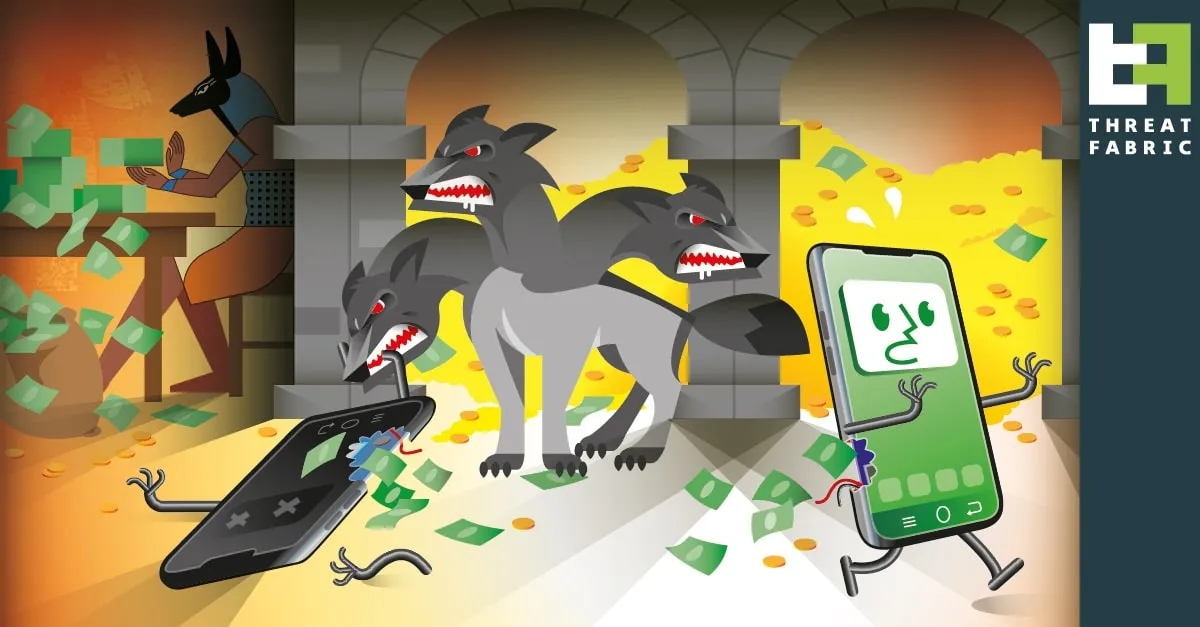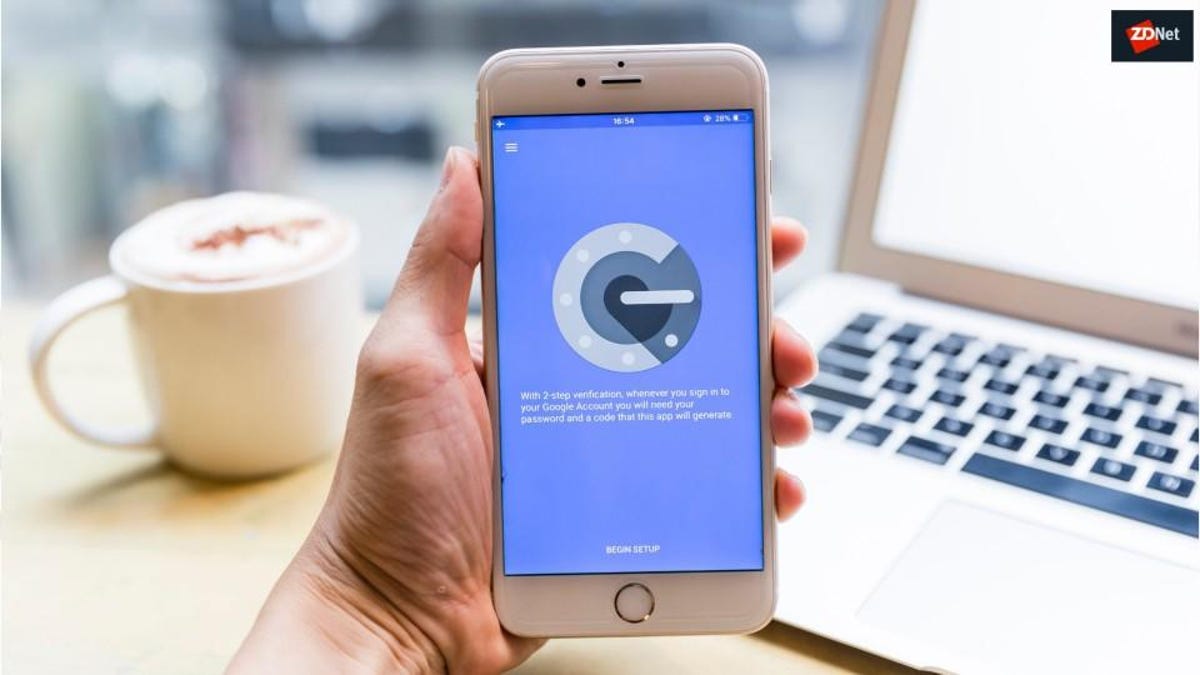Security researchers say that an Android malware strain can now extract and steal one-time passcodes (OTP) generated through
Google Authenticator, a mobile app that's used as a two-factor authentication (2FA) layer for many online accounts.
In a report published this week, security researchers from Dutch mobile security firm ThreatFabric say they've spotted an Authenticator OTP-stealing capability in recent samples of Cerberus, a relatively new Android banking trojan that launched in June 2019.
"Abusing the Accessibility privileges, the Trojan can now also steal 2FA codes from Google Authenticator application," the ThreatFabric team said.
"When the [Authenticator] app is running, the Trojan can get the content of the interface and can send it to the [command-and-control] server," they added.
"We believe that this variant of Cerberus is still in the test phase but might be released soon," researchers said.





